Retail Breakthrough on Hylan Drive
Before The Marketplace Mall took over the corner of Jefferson Road and West Henrietta Road, planes used to taxi down the same ground.
Hylan Airport sat there - a general aviation facility where Ray Hylan ran his flight school. That started to shift in the 1970s.
Hylan moved operations to the Rochester-Monroe County Airport and teamed up with the Wilmot family.
Their plan was clear: trade airspace for retail. Construction didn't stall long.
Wilmorite Properties, already known for retail development in upstate New York, broke ground on the former airport site and moved fast.
By October 7, 1982, The Marketplace Mall opened to the public.
It was the first enclosed regional mall between New York City and Cleveland.
Nothing else in the area came close in scale.
Opening day was significant. The mall launched with four anchor tenants: Sibley's, McCurdy's, B. Forman Co., and Sears.
Together, they pulled in crowds from across Monroe County and beyond.
JCPenney came five months later, in February 1983, sealing the lineup.
Inside, more than 140 specialty stores lined one floor. By floor count, it seemed simple.
But inside Sears and JCPenney, there were second levels - a reminder that these department stores still considered vertical retail useful.
The rest of the space stretched out in a single, wide loop. Parking was easy, and the entrances were broad.
In 1982, the site was the fifth major mall in the Rochester market.
Midtown Plaza had opened two decades earlier. Greece Towne Mall, Long Ridge Mall, and Eastview Mall followed through the 1960s and '70s.
But The Marketplace Mall was different.
It was the first one planted in Henrietta, which was mostly empty fields and experienced rapid growth in residents in the 60s and 70s.
It didn't stay that way. The mall brought waves of development - retail, residential, and infrastructure.
It helped push Henrietta forward.
If you were listing things to do in Rochester, New York, back in the '80s, this place would have made the cut without hesitation.
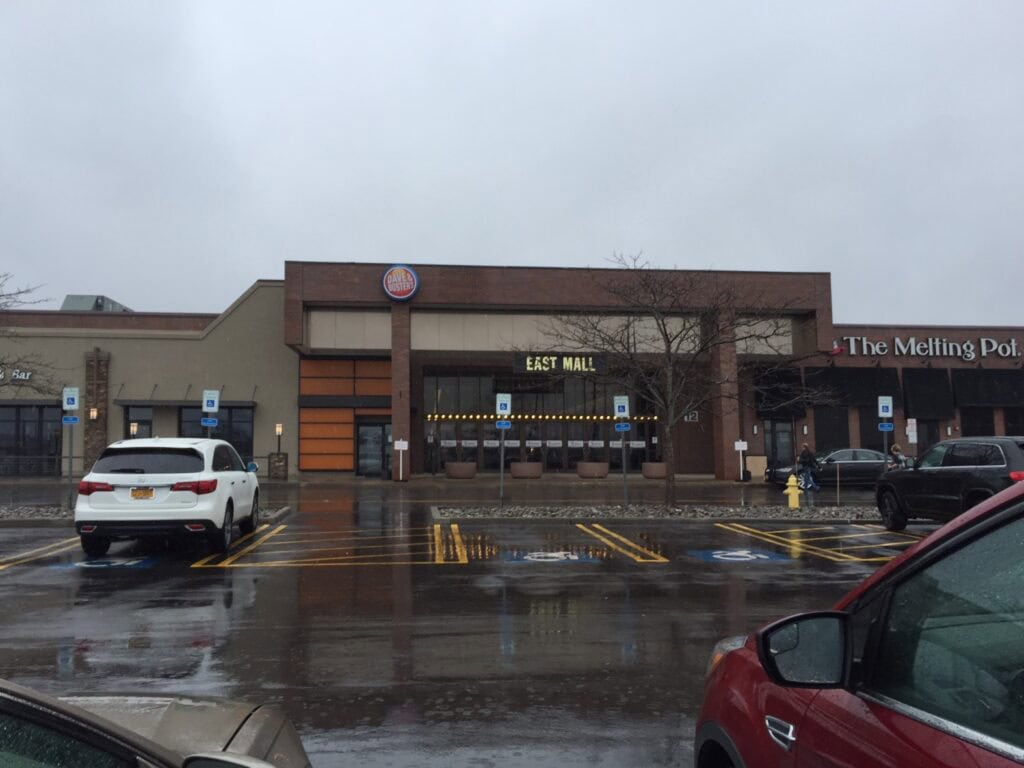
Department Store Turnover and Leasing Shifts
Once the early crowds settled and the novelty wore off, the anchor lineup at The Marketplace Mall didn't stay fixed for long.
Sibley's, a department store with deep local roots, dropped its name in 1990.
In its place, Kaufmann's moved in - another name under the May Department Stores umbrella.
Four years later, McCurdy's followed a similar path.
That space got rebranded as The Bon-Ton in 1994, keeping department retail alive but shifting the branding.
New square footage came online in 2001.
An 84,000-square-foot addition along the south wing brought in Galyan's Trading Company, which is moving toward activewear and outdoor lifestyle goods.
That didn't last long. Just three years in, Dick's Sporting Goods bought out Galyan's and took over the spot by 2004.
In 2006, Kaufmann's signage came down. Macy's took over that location, which was part of a nationwide consolidation under Federated Department Stores.
Four outparcels were added to the property over the years - smaller stand-alone buildings positioned around the mall's outer edge.
These spaces attracted fast-casual restaurants, financial services, and fitness franchises.
Marketplace Commons, a neighboring development led by Wilmorite, added more square footage and pulled some foot traffic away from the main structure.
By the 2010s, Henrietta's growth had started working against the mall.
More retail options opened up across the town, including big-box centers, standalone grocers, and service plazas, pulling businesses in different directions.
But inside The Marketplace, JCPenney and Dick's kept drawing steady flows.
The retail square footage didn't shrink. But the names on the doors kept changing.
Commercial leasing reports from that period showed higher tenant churn, shorter lease terms, and seasonal pop-up stores filling old national-brand spaces.
Exit Announcements and Medical Real Estate Strategy
On March 22, 2017, Macy's confirmed what rumors had hinted for months - it would close its location at The Marketplace Mall.
The company was cutting underperforming sites, and the Henrietta store made the list.
The mall didn't stay quiet about the space. IKEA was floated as a possible replacement, though those talks didn't last.
What came instead was a different kind of use.
In 2023, that former Macy's site reopened as a Floor & Decor.
The store, at 65,500 square feet, marked a shift in strategy - big box retail in a niche category: hard surface flooring and installation materials.
That choice aligned with a broader national trend of malls leaning toward renovation and home-improvement brands when fashion anchors pulled out.
Sears' closure followed two years later after Macy's.
In March 2019, the company announced it would shut down The Marketplace Mall location.
This time, the mall didn't lease to another retailer.
Instead, it turned to health care. UR Medicine came in with a $240 million plan - one of the largest private investments in Henrietta in decades.
Construction on the UR Medicine Orthopaedics & Physical Performance Center wrapped up by 2023.
The new space brought sports rehab, surgery suites, and physical therapy to the property.
The transformation was more than cosmetic. Developers reconfigured the footprint and added new infrastructure to support clinical operations.
Mall maps changed fast. What had been labeled men's apparel or bedding was now check-in desks and patient rooms.
The floorplans showed wider corridors, drop-off lanes, and ambulance access - details that didn't appear in earlier retail blueprints.
That pivot - from selling clothes to providing care - marked a clear turn.
The Marketplace Mall had started using non-retail tenants to fill gaps.
By 2024, that strategy was no longer experimental; it was the model.
On May 22, 2024, Dick's Sporting Goods confirmed it would be relocating out of the mall.
The company announced a move into the former Christmas Tree Shops location across Jefferson Road in the Market Square Plaza.
The loss would leave JCPenney as the last traditional department store standing.
Location Value and Mixed-Use Conversion Play
The Marketplace Mall's address - 1 Miracle Mile Drive, Henrietta - sits in a triangle of institutions.
Three major campuses surround it: Rochester Institute of Technology, the University of Rochester, and Monroe Community College.
Together, these schools attract more than 47,000 students during the academic year.
Commercial developers have mentioned this student volume in leasing packets and quarterly reports.
Despite falling anchor count, the mall's location still gives it visibility and car access.
Jefferson Road and West Henrietta Road both stay active corridors, with traffic counts that support big box and service retail.
The mall's footprint has already absorbed a few non-retail functions.
M&T Bank is located near one of the mall's main entrances, and UR Medicine occupies a major anchor space.
Behind the main building, a newer addition had started filling with tenants of a different kind.
Marketplace Senior Apartments held its ribbon cutting in October 2024.
The 150-unit property included laundry rooms, a fitness area, and a shared lounge.
Forty-five apartments were reserved for older residents who needed daily support.
Services came from Catholic Charities and other local providers.
Dave & Buster's stayed open, anchoring the entertainment side.
Sportsman's Warehouse covered hunting and fishing retail, positioned between traditional soft lines and outdoor gear.
The retail outparcels also held Lowe's, Target, and Best Buy - an unusual combination in a traditional mall footprint.
The property still lists about 30 active tenants, but the layout isn't built around department stores anymore.
The core loop holds restaurants, beauty services, and discount apparel - each smaller than what occupied that space twenty years ago.
Those shifts have turned The Marketplace Mall into a patchwork of retail and non-retail, stitched together by location and legacy.
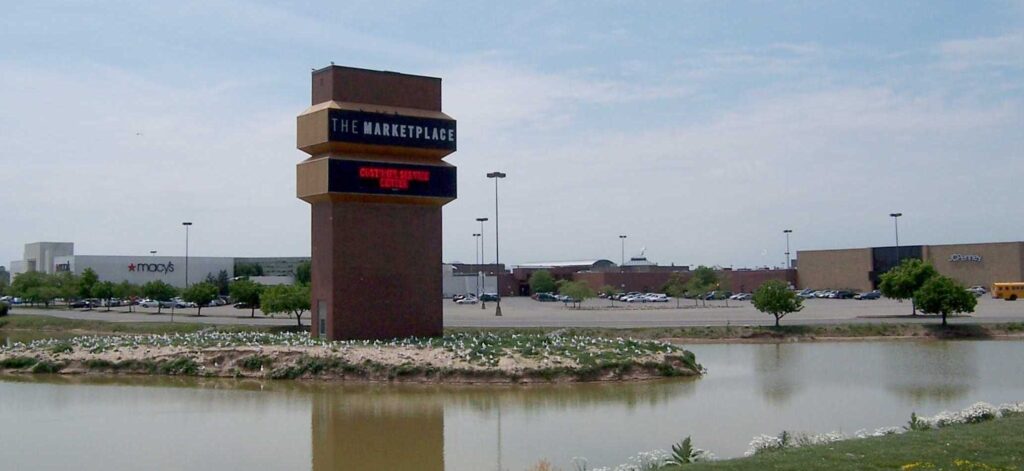


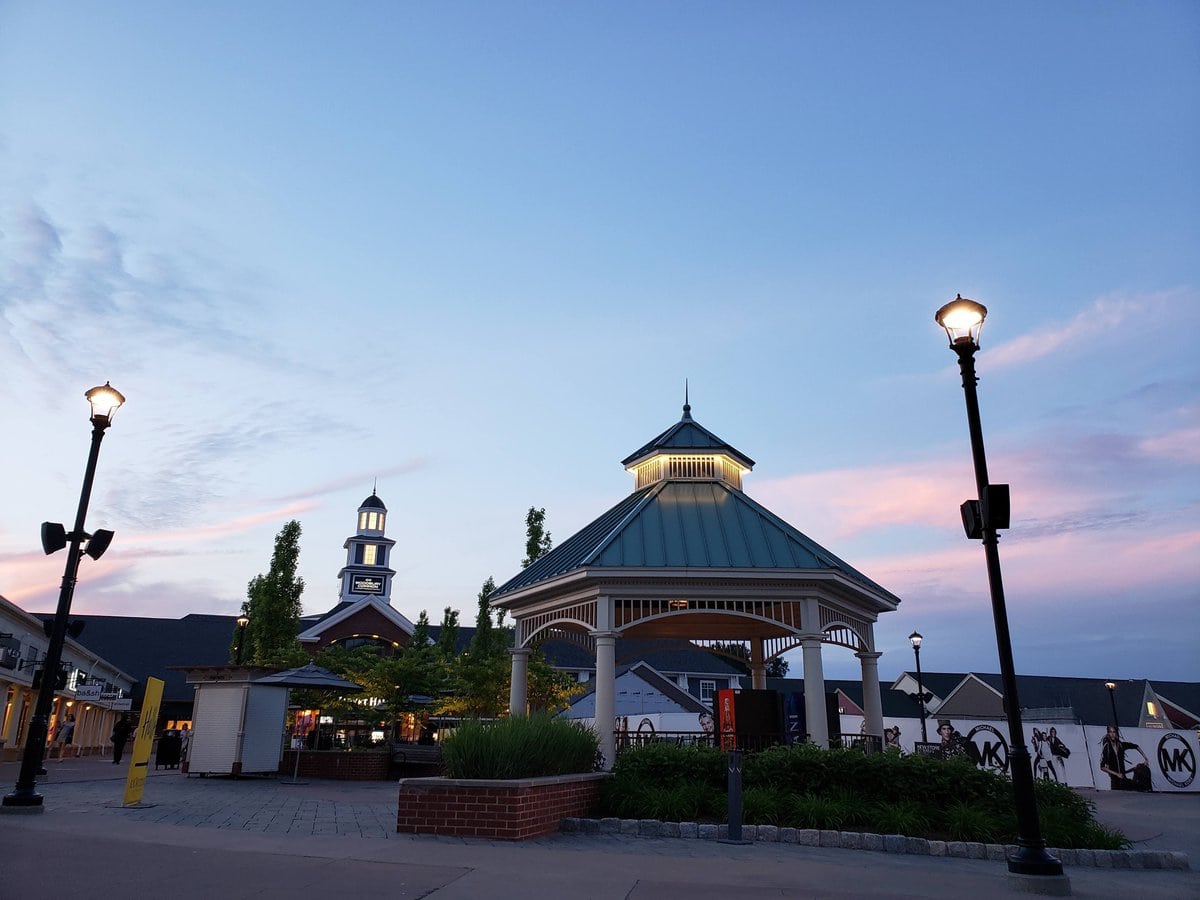
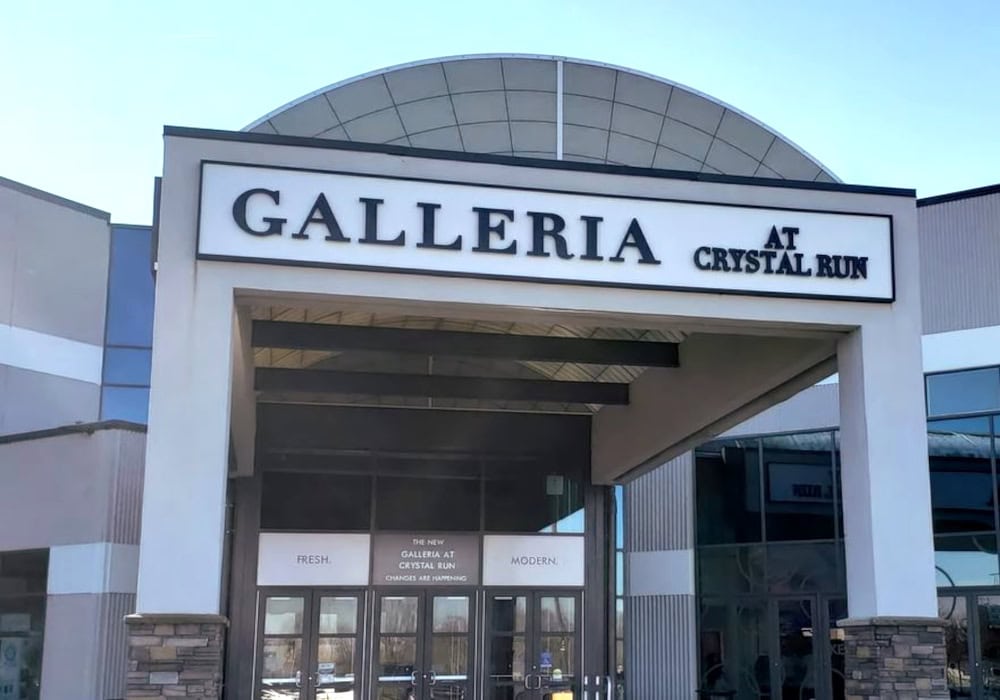

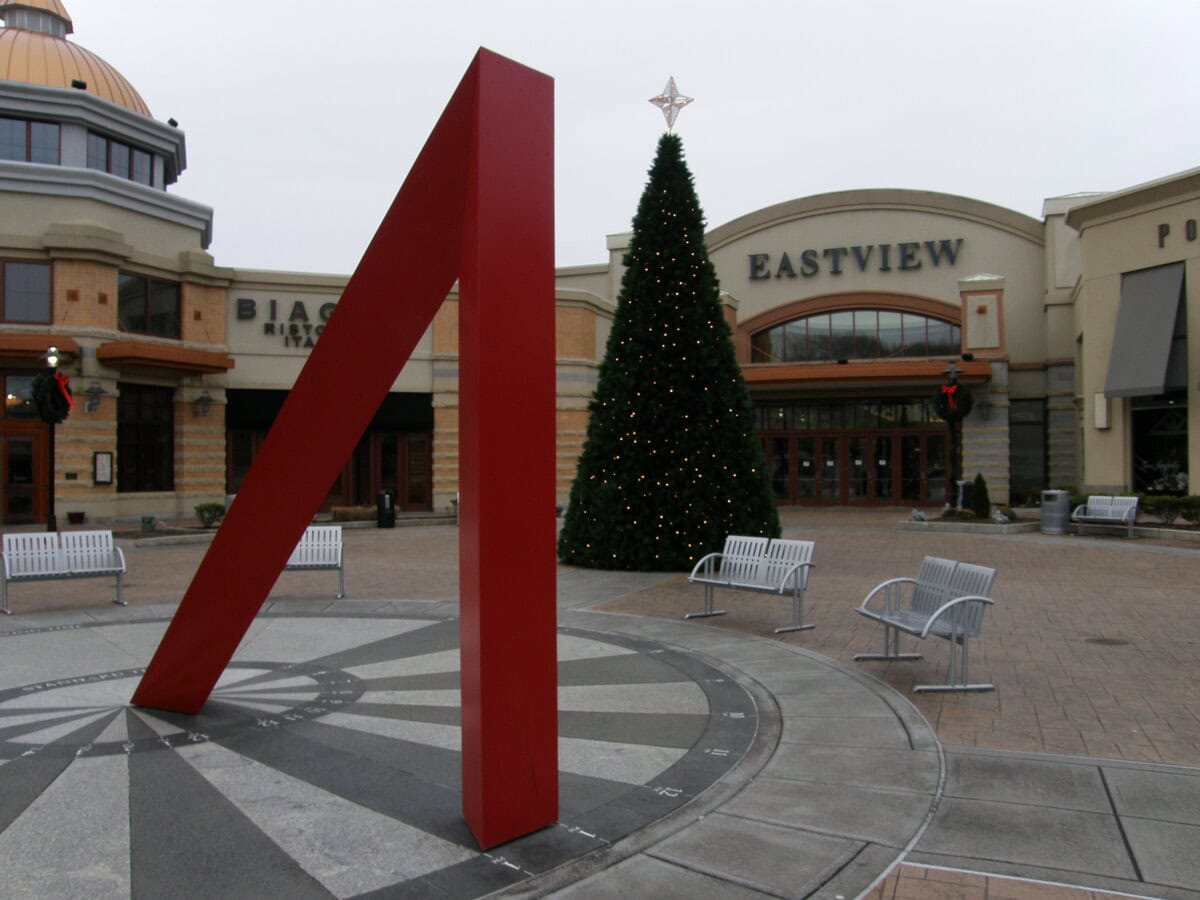
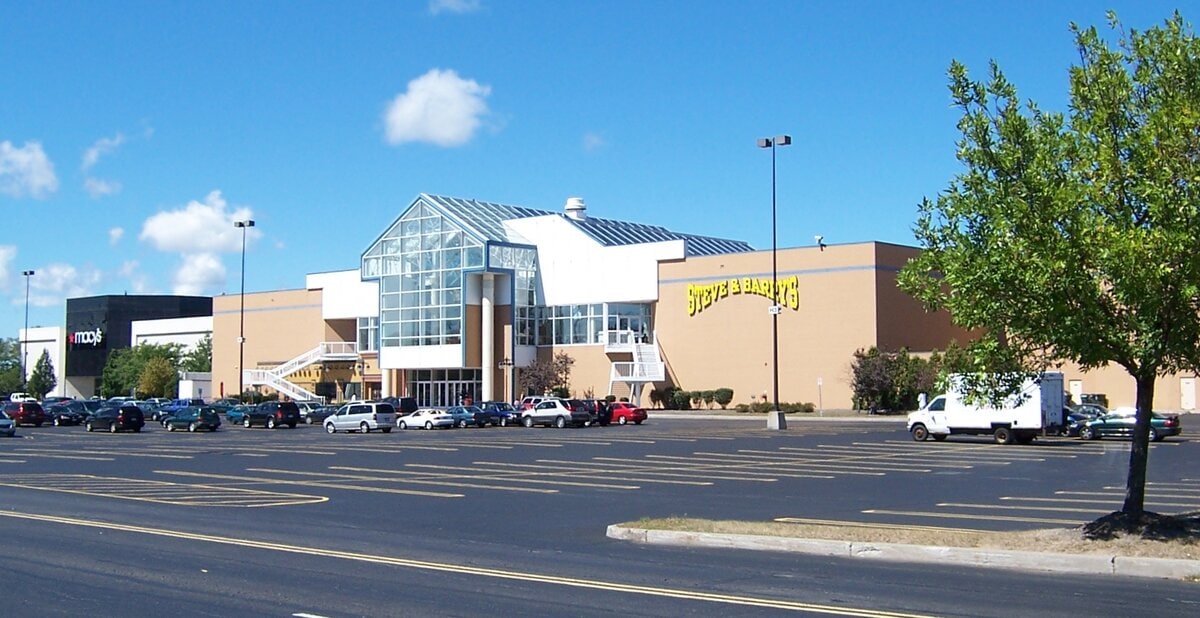
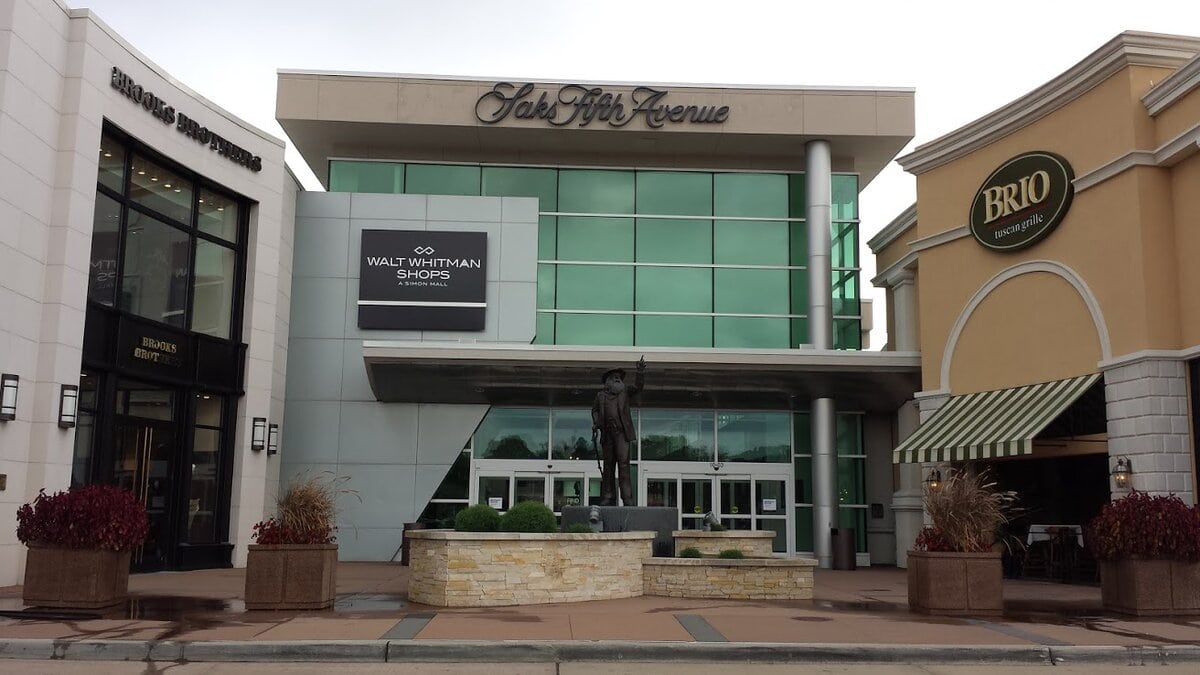
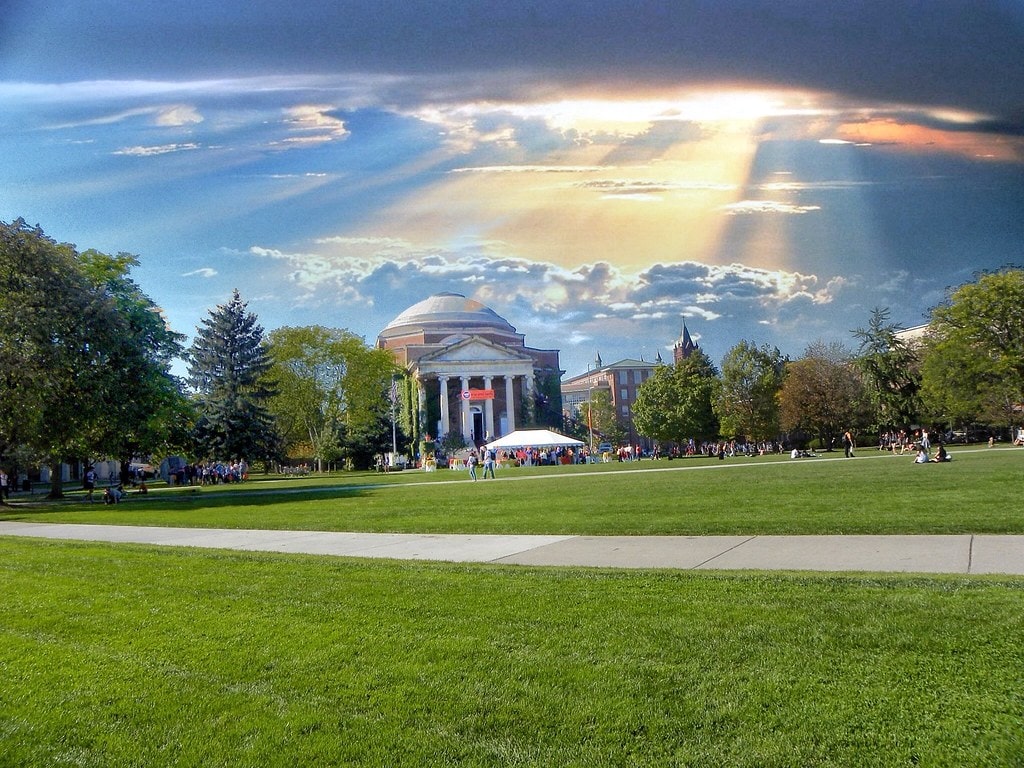
are we really pretending not to know why people don't go here any more? At some point, we need a good hard look at reality. This mall is where all ghetto trash goes to fight. It's a pretty simple to understand.
No one benefits when places get written off. What happens next depends on policy, private investment, and the willingness to see past a single narrative.
saying that that's where ghetto trash goes to the smallest just utterly ridiculous.. that's called Greece Town Mall
Thank you for pushing back. Malls are public spaces, and shorthand like that does damage to places and people.